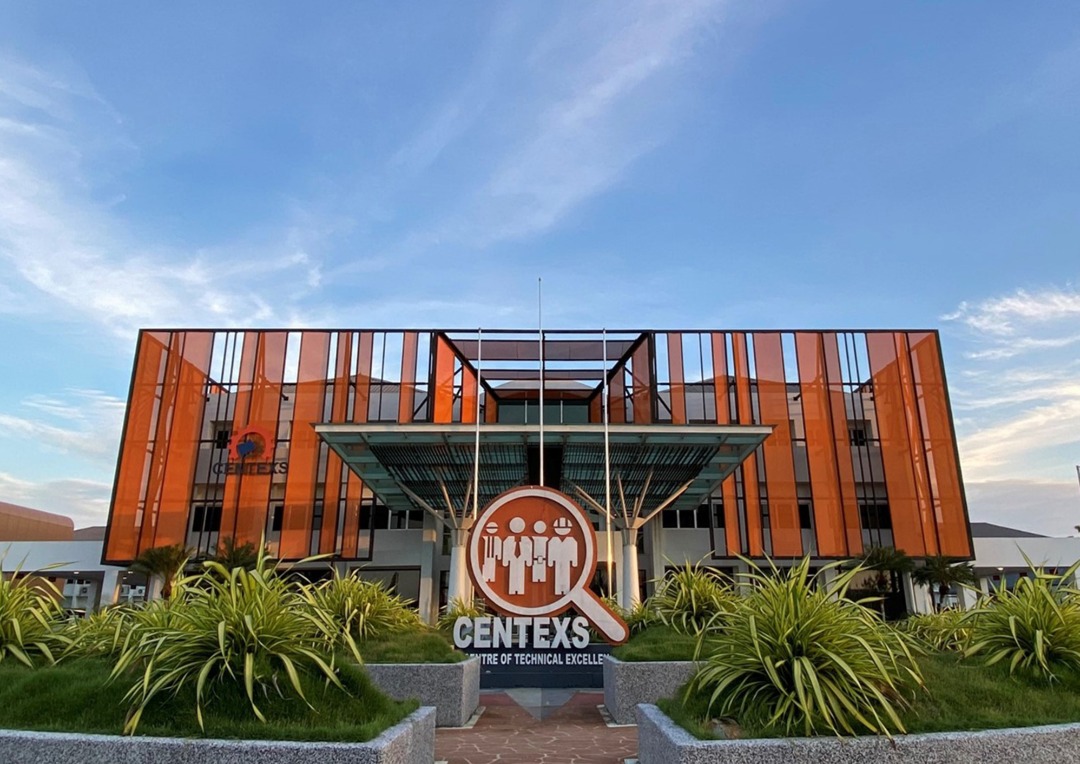To provide participants with the knowledge and skills to identify, evaluate, and manage workplace hazards effectively.
- Understand the types and categories of hazards in the workplace.
- Learn hazard identification techniques and risk assessment processes.
- Apply control measures to eliminate or reduce risks.
- Promote a proactive safety culture through hazard reporting and communication.
- All employees in operational, maintenance, or supervisory roles
- Safety and health committee members
- HSE officers and managers
- New hires and contractors working in hazardous areas
- Personnel involved in job hazard analysis (JHA) or risk assessment teams
1 Day (8 Hours)
- Definition of hazards and risks
- Importance of hazard recognition in accident prevention
- Overview of regulatory requirements (OSHA, DOSH, etc.)
- Physical hazards: noise, vibration, radiation, heat
- Biological hazards: bacteria, viruses, insects
- Ergonomic hazards: manual handling, repetitive tasks
- Psychosocial hazards: stress, fatigue, harassment
- Walkthrough inspections and safety observations
- Job Hazard Analysis (JHA) and Task Risk Assessment (TRA)
- Use of checklists and incident trend data
- Employee involvement and reporting mechanisms
- Hazard evaluation using risk matrix
- Hierarchy of controls (elimination to PPE)
- Implementing and monitoring controls
- Review and continuous improvement
- Group exercise: identify hazards from job scenario
- Analyze risk level and recommend control measures
- Presentation and discussion of findings
- Written or verbal quiz to assess understanding
- Q&A session and feedback collection
- Summary of key takeaways and course closure




